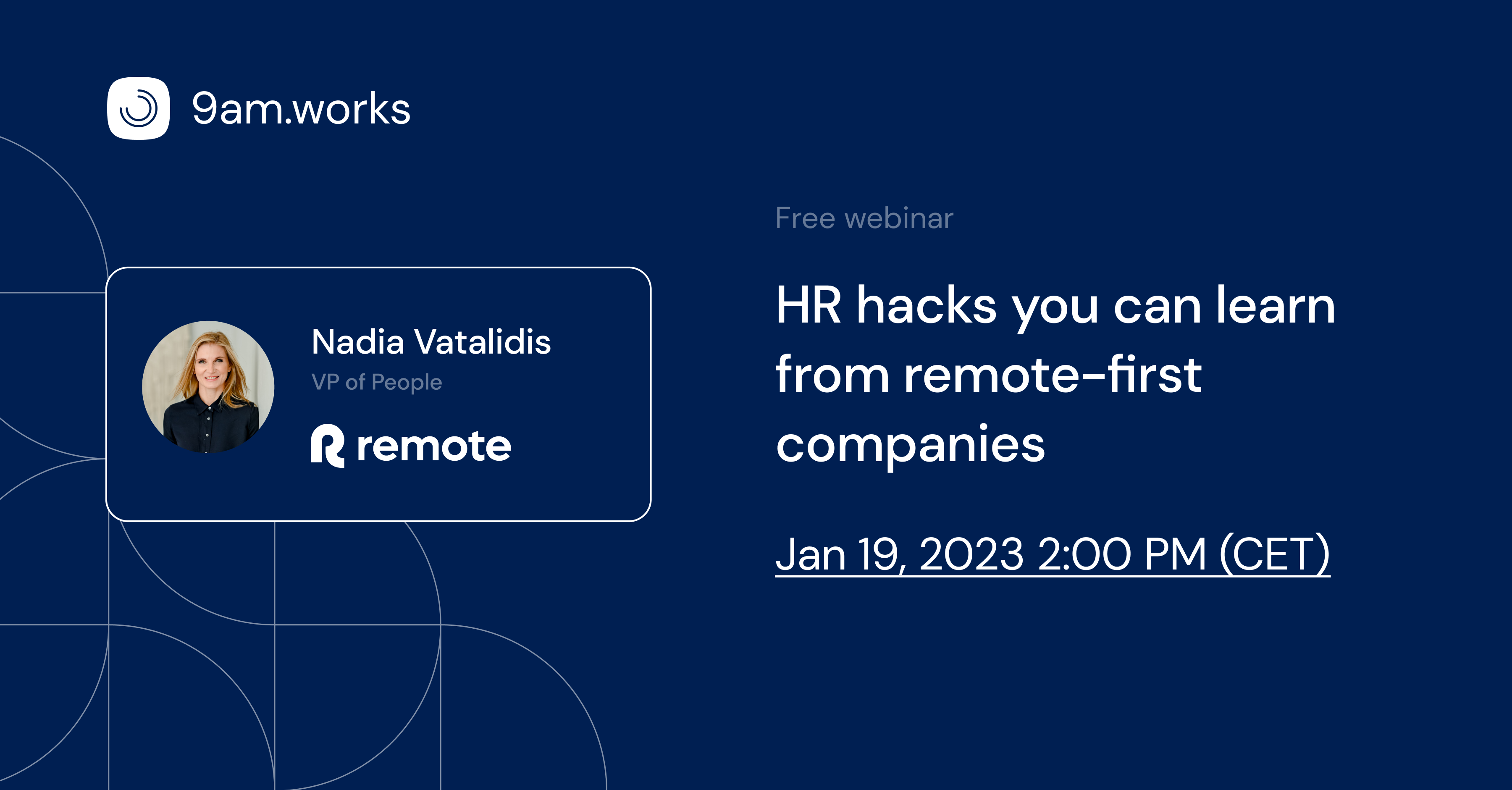Which is better for companies from a financial point of view - the flexible freelancer, who is often paid on an hourly basis? Or the employee who receives a fixed salary every month? Even if freelancer fees often seem high at first glance, it's worth taking a closer look. Compared to the total personnel costs for permanent employees, they perform surprisingly well. We’ve looked at the costs for freelancers and permanent employees in Germany.
Freelancer Costs and Personnel Costs
Suppose a company starts a new project with a time frame of one year and needs a software developer. The CEO or the HR department have two options:
- They hire a developer full-time. According to Gehalt.de, a developer with several years of experience receives an average annual gross salary of around €61,000 in Germany.
- They hire a freelancer whom they pay on an hourly basis. According to Freelancermap's Freelancer Compass 2020, the average hourly rate for freelance developers in Germany is 83 euros.
It is important to remember, however, that the personnel costs for an employee are significantly higher than their gross salary. Ancillary wage costs (especially social security contributions) add around 21 percent. In our example, this means that the gross employer cost for the salaried developer is around 73,800 euros per year.
Freelance Hours: What You Pay Is What You Get
A key difference between a freelance developer and an employee is that a client only pays a freelancer for the hours actually worked. If the freelance developer is sick or on vacation, they do not receive any money. The employee, on the other hand, receives a fixed salary, even if they are not working at the time. For example, if we assume 28 days of vacation and 15 days of sick leave, that's already 43 days or 344 hours for which they are paid without working.
But the difference is even bigger: no full-time employee is productive for eight hours a day. Unnecessary meetings, coffee breaks, distractions from colleagues and idle time due to poor planning are just a few of the many potential time and productivity hogs. A study by Vouchercloud in the UK found an average productive working time of less than three hours per day. But even if we generously assume five hours, that means three unproductive paid hours per day for the employed developer.
Freelancers, on the other hand, only bill for the hours they have worked productively. And since they are usually not on site and involved in the company processes anyway, there are far fewer distraction opportunities for them. They can therefore concentrate fully on their tasks.

Additional Costs for Employees
Of course, the company provides the in-house developer with a workstation and all the necessary work equipment such as computer, monitors and keyboard. The freelancer, however, usually works with their own equipment, which allows the client to save money.
Self-employed people also take care of their own training. For the employee, the employer takes care of this and pays, for example, 3,000 euros for a one-week course - plus the loss of five working days. And there may also be additional costs for gifts or parties to increase employee satisfaction.
The Real Employee Costs
So what does an employee cost in total? In addition to the gross employer cost of 73,800 euros, we have, for example, 5,000 euros for equipment and office supplies, 3,000 euros for further training and 1,500 euros for employee gifts or parties. That adds up to 83,300 euros for the first year of employment.
Here’s an overview of the costs for the employed developer:
| Expense | Amount |
| Base salary (gross) | €61,000 |
| Ancillary wage costs (circa) | €12,800 |
| Work equipment | €5,000 |
| Training | €3,000 |
| Gifts, parties etc. | €1,000 |
| Total cost | €83,300 |
But how many productive hours does the employer get in return? A year has an average of 248 working days, from which we deduct 48 days for vacation, sick leave and further training. Onboarding for a permanent employee is also much more extensive than for a freelancer who only works on one project. We can subtract another ten days for this. That gives us 190 days of actual working. Since we can only count on five productive hours per day instead of eight, the salaried developer achieves 950 productive hours per year.
His freelancer counterpart, with an hourly rate of 83 euros, would arrive at a total fee of 78,850 euros for this number of hours. The costs for the freelancer are thus 4,450 euros lower.
| Freelancer Costs: €83 x 950 = €78,850 |
Don’t Forget Recruiting Costs
However, we have not yet looked at the cost of filling the two positions. Particularly in the case of sought-after specialists, the recruiting process can take months and require resources in the HR department or external recruiters. The latter often charge fees of around 30 percent of a gross annual salary - in our example, around 18,000 euros.
Companies who recruit on their own must at least incur costs for job portals or bonuses for employee referrals. The total expenditure for the employee in the first year can therefore quickly rise to 90,000 euros or more.
Finding freelancers, on the other hand, is fast, easy and cost-effective with platforms like 9am.
Save Costs and Stay Flexible with Freelancers
Of course, permanent employees have many advantages: they identify with the company and its culture, build up important insider knowledge and grow with their tasks over time. However, when it comes to costs, freelancers often come out ahead, especially when companies take a close look at the "value for money" aspect and consider recruiting costs.
Another aspect: with freelancers, companies remain flexible with their expenses. A month goes worse than expected? The freelancer's hours can be reduced at short notice, but the employee receives their regular salary. And after the project is completed, the freelancer expenses disappear - in the case of the employee, this requires a notice of termination.
In many companies, a healthy mix of both types of employment is probably ideal: A base of permanent employees forms the foundation and freelancers implement projects. And in many cases, they can do this much more cheaply than their salaried colleagues.





